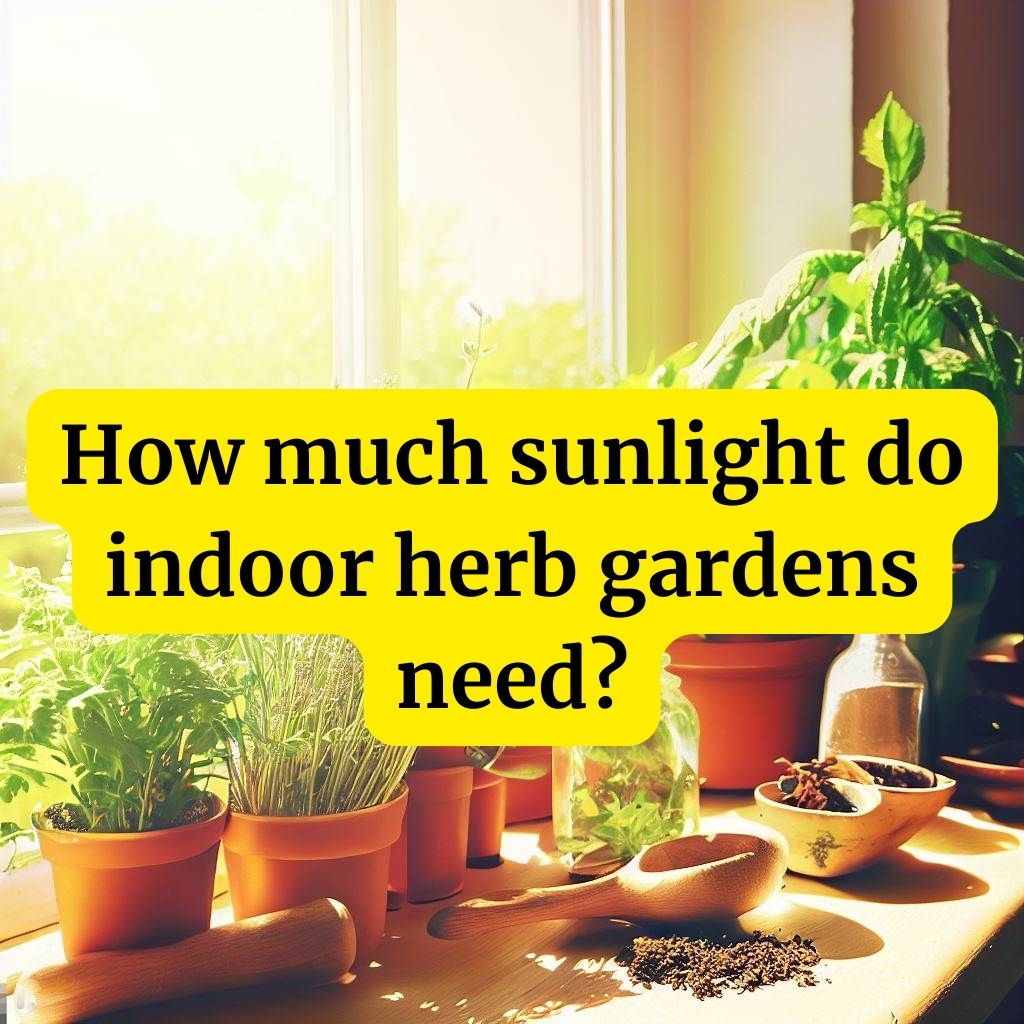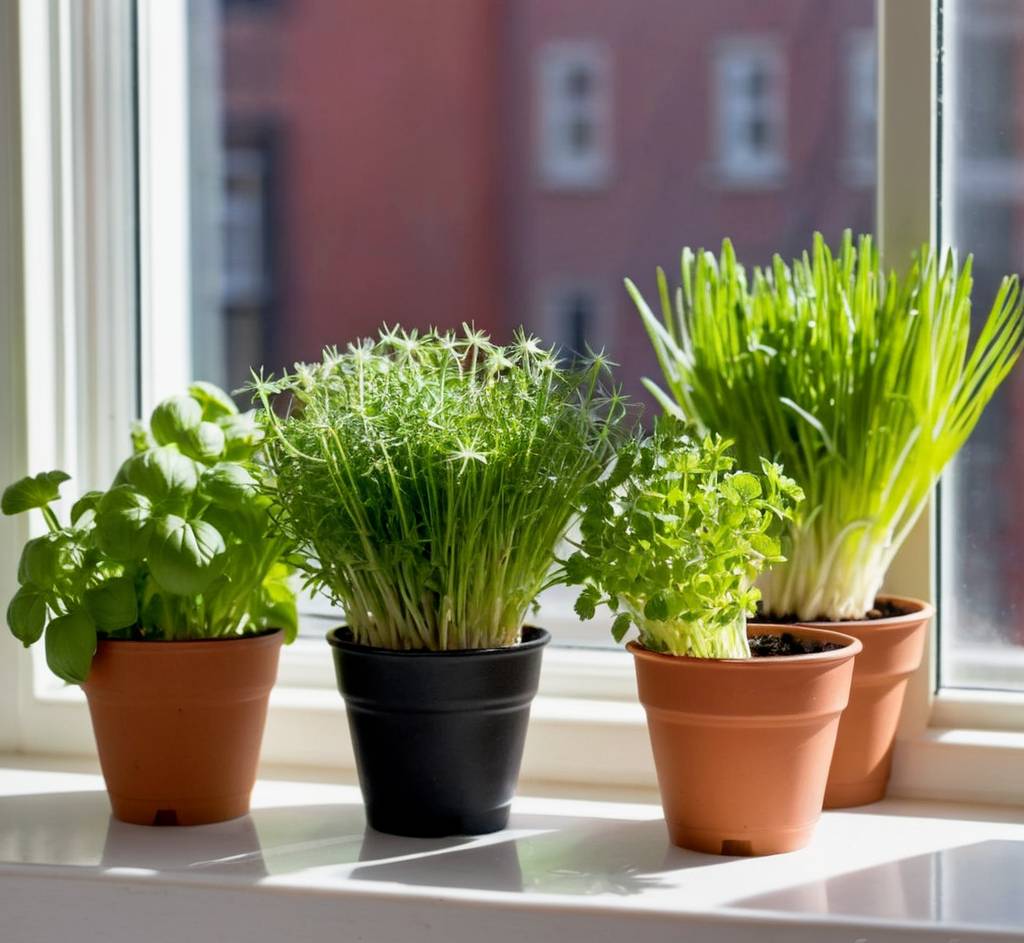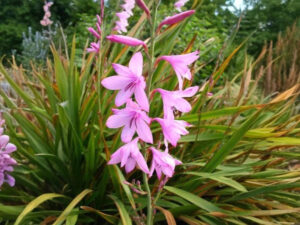
Most herbs need a minimum of six hours of direct sunlight per day to thrive indoors. In my experience growing herb gardens inside, basil, rosemary, thyme and sage are some of the most sun-loving herbs. They require at least six hours of direct sunlight each day to produce abundant foliage and flavorful leaves. Without enough sunlight, these herbs will become leggy and spindly with few leaves.
In this article
Light Requirements
When visiting botanical gardens and herb shows, I’ve found that herbs have a wide range of light needs depending on the species. At the lower end of the spectrum, herbs like mint, chives and parsley can tolerate partial shade but still need several hours of direct or indirect light each day. Others such as lemon balm, tarragon and dill can even grow in shady spots receiving only a few hours of sunlight.
Regardless of the specific light requirements, consistent illumination is important for maintaining healthy growth and maximizing the flavors from culinary herbs.
Growing herbs indoors

If growing herbs indoors without a sufficiently sunny windowsill, supplemental lighting is necessary. Many indoor gardeners I’ve spoken with have success using LED or fluorescent grow lights suspended above herb planters. These artificial lights provide the spectrum of light that herbs need to photosynthesize.
- For best results, the lights should be kept within 6-12 inches of the herb foliage.
- LED or fluorescent grow lights suspended 6-12 inches above planters provide the spectrum of light herbs need for photosynthesis.
- Lights should be left on for 12-16 hours daily for best results.
RELATED: 10 Best Indoor Plants for Low-Light Areas
Practical tips for setting up an indoor herb garden with grow lights
- Choose a suitable location for your indoor herb garden, ensuring that the plants receive plenty of light. If natural light is limited, supplement it with artificial grow lights
- Keep the herbs no more than 12 inches away from the grow light source to ensure they receive enough light intensity to grow and thrive
- Select the right grow light for your specific herb varieties. For example, basil thrives under lights on for up to 18 hours a day, while cilantro may start to decline after 10-11 hours of light
- Consider using a timer to regulate the duration of artificial light exposure for your herbs, ensuring they receive consistent light cycles
In addition to lighting, other cultivation factors influence herb gardening success:
| Factor | Details |
|---|---|
| Watering | Overwatering leads to root rot; use well-draining mixes. |
| Temperature | Herbs prefer moderate 60-75°F; avoid direct heat sources. |
| Potting Mix | Choose one that drains well to prevent soil issues. |
In my experience, setting up an indoor herb garden with grow lights has been a game-changer, especially during the winter months. I’ve found that investing in high-quality LED grow lights and understanding the specific light requirements of each herb has significantly improved the growth and flavor of my indoor herbs.
FIND OUT MORE: Soil Calculator [Free Tool]
Popular Herbs and Their Light Requirements
Different herbs have different light requirements. Here are some popular herbs and their light requirements:
| Herb | Light Requirement |
|---|---|
| Basil | Full Sun |
| Bay Leaves | Full Sun |
| Catnip | Full Sun |
| Chervil | Partial Shade |
| Chives | Partial Shade |
| Cilantro | Partial Shade |
| Dill | Full or Partial Shade |
| Fennel | Full Sun |
| Garlic Chives | Partial Shade |
| Lemon Balm | Full or Partial Shade |
| Marjoram | Full Sun |
| Mint | Partial Shade |
| Oregano | Full Sun |
| Parsley | Partial Shade |
| Peppermint | Full Sun |
| Rosemary | Full Sun |
| Sage | Full Sun |
| Stevia | Full Sun |
| Thyme | Full Sun |
| Tarragon | Full or Partial Shade |
Don’t forget, indoor herb gardens need drainage to prevent waterlogging and root rot. Drainage is essential for the health and growth of your herbs. Ensure that your pots have drainage holes and use well-draining soil to prevent waterlogging.
Frequently Asked Questions
What is the best soil for indoor herb gardens?
Indoor potting mix is the go-to choice for indoor herbs because it helps water drain well and allows roots to grow.
How often should I water my indoor herb garden?
The key to watering herbs indoors is to allow the pots to dry out somewhat in between watering. Test the soil by using your finger. If the soil is dry to the touch, it’s time to water. Allow the top 1 to 2 inches of the soil to dry out before watering.
Can I grow herbs indoors without natural light?
Yes, you can grow herbs indoors without natural light. Most herbs require at about 6 hours of light per day, and if you don’t have a sunny windowsill, most herbs will thrive under a grow light.
How do I prevent pests from attacking my indoor herb garden?
Start with a clean, sterilized container to avoid introducing pests and fill with a well-draining potting medium to about one-half inch below the rim of the container. Keep the area around the plants clean and free of debris. If you do find pests, use an insecticidal soap or neem oil to control them.
Can I use tap water to water my indoor herb garden?
Yes, you can use tap water to water your indoor herb garden. However, if your tap water is high in minerals, you may want to use filtered water or let the water sit out overnight to allow the minerals to settle.
By understanding the light requirements of your herbs, you can create a successful indoor herb garden that provides you with fresh, flavorful herbs all year round.
Happy gardening!







